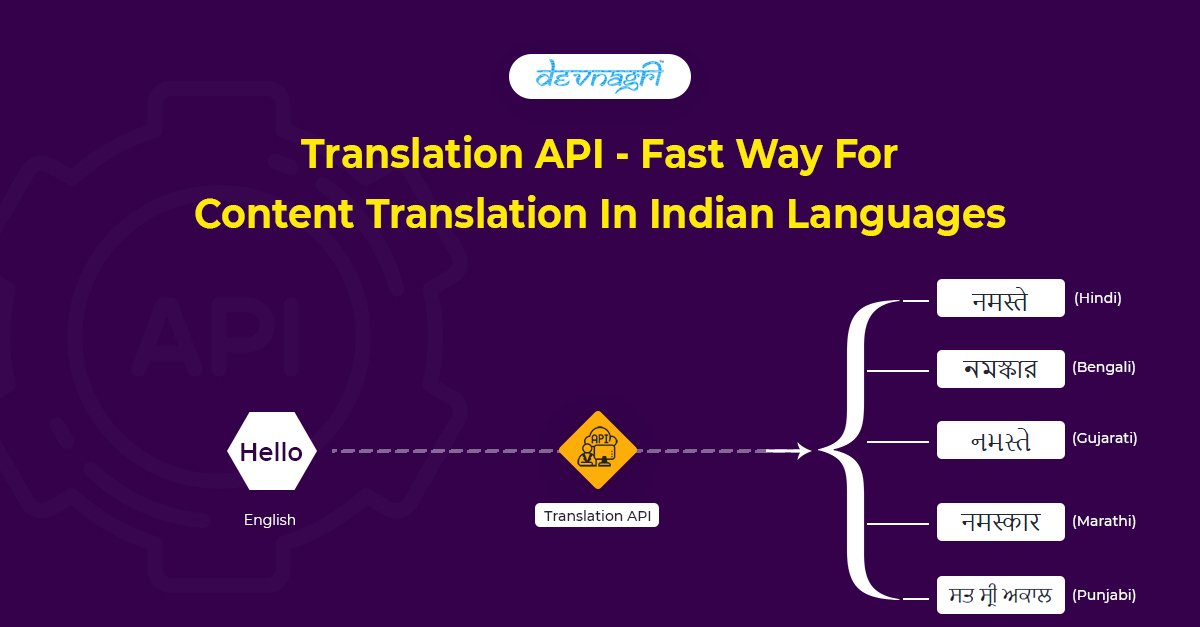India’s linguistic landscape is marked by its incredible diversity, with hundreds of languages spoken and written in various scripts. Transliteration plays a crucial role in bridging these linguistic divides, enabling communication and understanding across different languages and scripts. This article explores the importance of transliteration in Indian linguistics, highlighting its role in preserving linguistic heritage, enhancing accessibility, and promoting linguistic unity.
1. Understanding Transliteration
1.1. Definition and Purpose
Overview: Transliteration is the process of converting text from one script to another while preserving its phonetic characteristics.
Key Points:
- Script Conversion: Transliteration involves converting letters of one script into corresponding letters of another script.
- Phonetic Representation: Unlike translation, which conveys meaning, transliteration focuses on maintaining the sound of the original text.

Examples:
- Hindi to English: The Hindi word “नमस्ते” transliterated to “namaste.”
- Tamil to English: The Tamil word “வணக்கம்” transliterated to “vanakkam.”
1.2. Types of Transliteration
Overview: Transliteration can be systematic (following specific rules) or ad hoc (more flexible and intuitive).
Key Points:
- Systematic Transliteration: Uses standardized rules and conventions, ensuring consistency and accuracy.
- Ad Hoc Transliteration: More flexible, often used informally or in everyday communication.
Examples:
- IAST (International Alphabet of Sanskrit Transliteration): A standardized system for Sanskrit transliteration.
- Informal Romanization: Commonly seen in text messaging or social media.
2. Transliteration and Language Accessibility
2.1. Bridging Linguistic Gaps
Overview: Transliteration makes it easier for speakers of different languages to understand and communicate with each other.
Key Points:
- Cross-Language Communication: Facilitates interaction between speakers of different languages who use different scripts.
- Learning New Languages: Helps learners by providing familiar script representations of unfamiliar sounds.
Examples:
- Tourism: Transliteration of place names and signs helps tourists navigate in regions where they do not know the local script.
- Language Learning Apps: Use transliteration to assist users in learning new languages.
2.2. Digital Communication
Overview: In the digital age, transliteration enhances communication on electronic platforms.
Key Points:
- Text Messaging and Social Media: Allows users to type in their native languages using the Roman script, overcoming script input limitations.
- Search Engines: Improve accessibility by recognizing transliterated queries.
Examples:
- WhatsApp: Users often type messages in Hindi using the Roman script, e.g., “Aap kaise hain?”
- Google Search: Supports transliterated input for search queries in various languages.
3. Preserving Linguistic Heritage
3.1. Archiving and Documentation
Overview: Transliteration is essential for archiving and documenting linguistic and literary works.
Key Points:
- Manuscript Preservation: Transliteration aids in preserving ancient manuscripts by converting them into modern scripts.
- Digital Archives: Facilitates the creation of digital archives of texts in various scripts, making them accessible to a broader audience.
Examples:
- Sanskrit Manuscripts: Transliteration of ancient Sanskrit texts into the Devanagari script for preservation and study.
- Project Madurai: A digital archive of Tamil literary works, many of which are transliterated for wider accessibility.
3.2. Linguistic Research
Overview: Transliteration supports linguistic research by enabling comparative studies and analysis.
Key Points:
- Comparative Linguistics: Allows researchers to compare languages and dialects by providing a common script for analysis.
- Corpus Linguistics: Facilitates the creation of text corpora for computational analysis.
Examples:
- Linguistic Databases: Use transliterated texts to analyze language patterns and structures.
- Dialects: Comparative studies of different Indian dialects through transliterated texts.
4. Enhancing Educational Opportunities
4.1. Language Education
Overview: Transliteration aids in language education by making learning resources more accessible.
Key Points:
- Textbooks and Learning Materials: Transliteration in educational resources helps students who are unfamiliar with the script.
- Language Classes: Teachers use transliteration to bridge the gap between native and target languages.
Examples:
- Language Textbooks: Incorporate transliterated versions of vocabulary and phrases.
- Language Apps: Provide transliteration to assist learners in acquiring new scripts.
4.2. Promoting Multilingualism
Overview: Transliteration promotes multilingualism by encouraging the learning and use of multiple languages.
Key Points:
- Cultural Exchange: Facilitates cultural exchange and understanding through language learning.
- National Integration: Promotes unity by making regional languages more accessible to speakers of other languages.
Examples:
- Cultural Programs: Use transliteration to introduce audiences to songs, poetry, and literature from different languages.
- Government Initiatives: Promote the use of multiple languages in official communication and education.
Conclusion
Transliteration plays a vital role in Indian linguistics, serving as a bridge between diverse languages and scripts. By enhancing communication, preserving linguistic heritage, supporting education, and promoting multilingualism, transliteration contributes to the rich linguistic tapestry of India. In a country where language and identity are deeply intertwined, transliteration not only facilitates understanding and interaction but also fosters a sense of unity and cultural appreciation.

